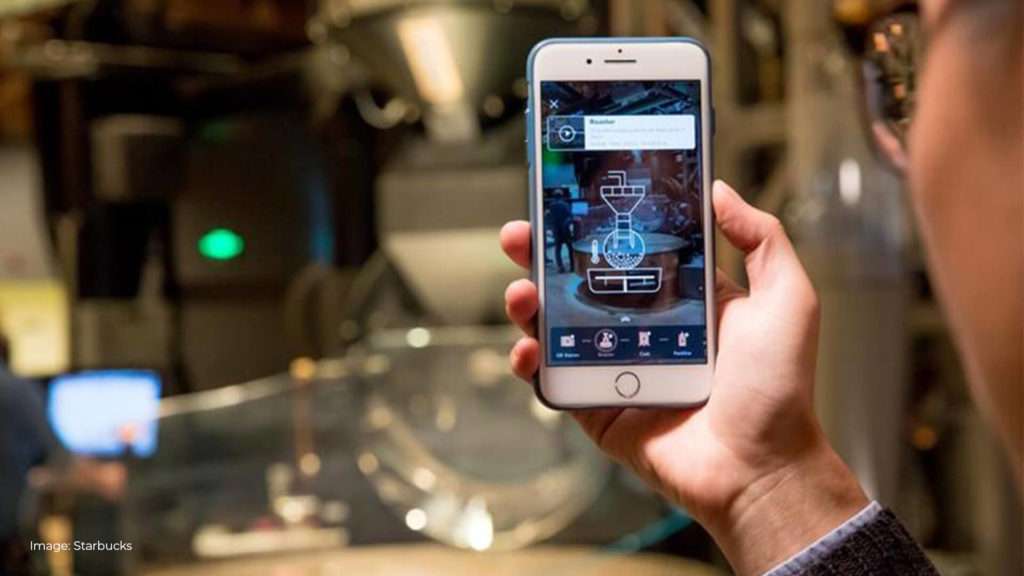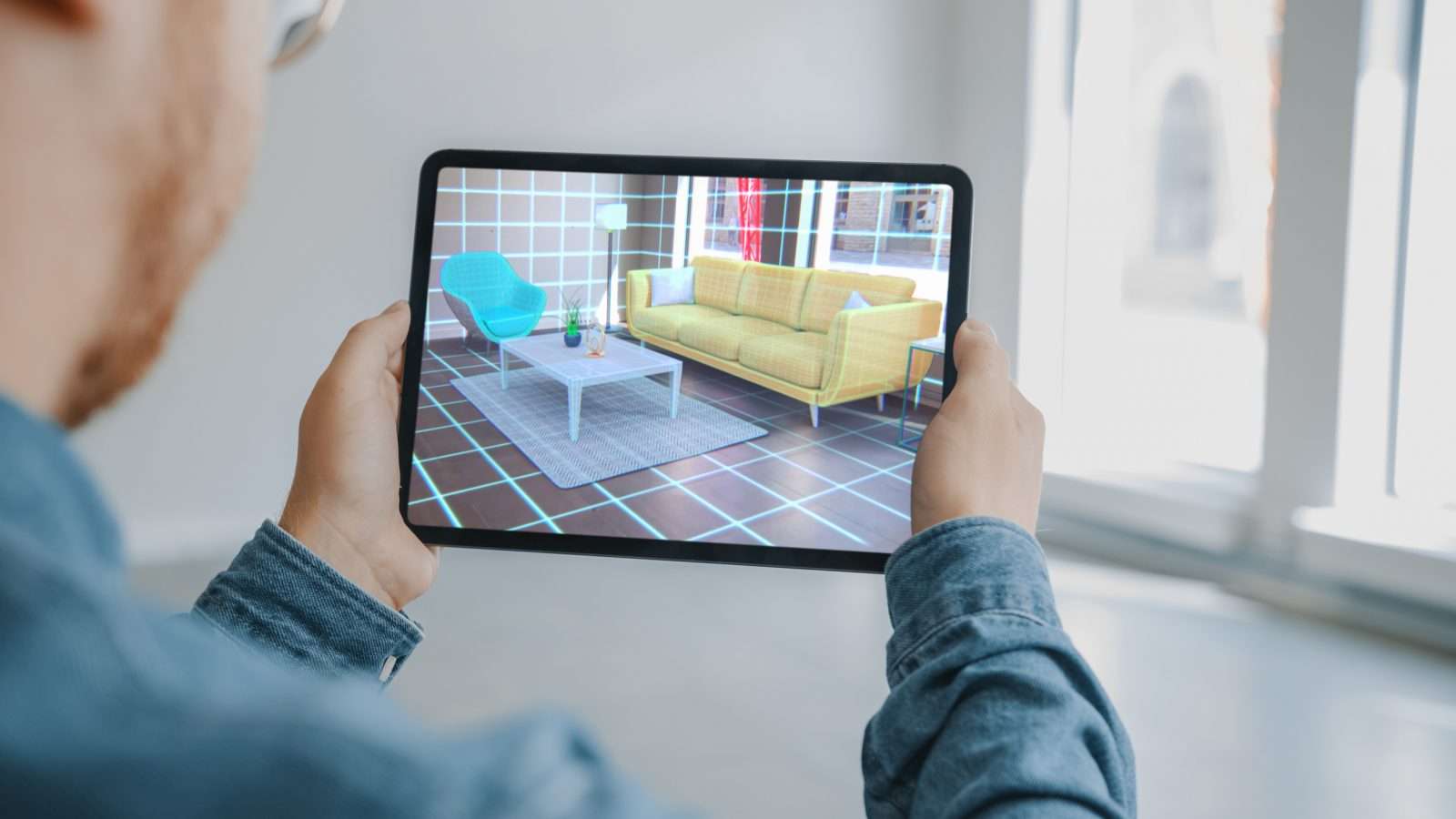Augmented Reality in marketing
Best ways to use Augmented Reality in your marketing strategy
When it comes to enhancing brand value and driving sales through mobile devices AR is another great tool under your belt. The augmented version of reality is more informative and engaging allowing businesses an opportunity to enhance customer experience.
AR is adding information to people’s perception of the physical world and in real-time. The user looks through a phone camera and sees the real world together with a digital overlay.
Augmented reality became an emerging trend under sales and marketing strategies; the one that gives customers unique experiences while using their mobile devices.
What are the best ways to use Augmented Reality in your marketing strategy?
Give potential customers a chance to try before they buy. Let your customers try before they buy – isn’t that what every buyer has always wanted? Cosmetic samples, test car drives, fitting rooms, are the best proofs of the effectiveness of this sales strategy. AR shopping experiences are raising trends in the retail industry. Using AR, customers can try on clothing items, makeup, or a wide range of home-related products without the need to directly interact with them.
Facebook is also very keen to pioneer AR applications. The first Facebook AR-related ad is letting customers try on virtual sunglasses they like with the aid of the device’s camera.
Cosmetics
Brands like L’Oreal, Sephora, and Perfect Corp have created partnerships and allowed their potential customers to try the makeup and check how it would look on them digitally.
Dressing room
AR has all the potential to shine in creating a virtual dressing or fitting room. The augmented reality is allowing customers to enter a digital library of clothing items at the one tap of a finger. Brands like Timberland and Topshop are at the forefront of developing AR in this area.
Augment assistance and touring
AR offers businesses an opportunity to add a digital component on top of their physical products and locations. Customers can now scan an object or product to pull up an AR experience giving them additional information about the product or a sort of brand-related experience.
For example, StubHub, the ticket sales company, created an AR app, that allowed users to see a 3D display of the Super Bowl stadium. Fans could try various seats and choose the right seat for them.
Starbucks didn’t wait too long to try AR with their customers too. This American multinational chain of coffeehouses has turned to AR to digitize the experience of touring one of its coffee shops.
Within the car industry, Mercedes and Hyundai have both adopted AR applications. Hyundai first created an augmented manual for drivers and Mercedes has improved this concept. There is a feature called ‘Ask Mercedes’, which pairs an AR interface and an AI assistant to answer potential questions.

Augment assistance and touring
AR offers businesses an opportunity to add a digital component on top of their physical products and locations. Customers can now scan an object or product to pull up an AR experience giving them additional information about the product or a sort of brand-related experience.
Augment branding materials
AR is taking branding materials, such as brochures and business cards, up to the next level. Users can now scan printed materials with their mobile devices and access a range of different features giving them additional information and ways to get more connected with the brand.
For example, a business card can use augmented reality to present numerous contact options that allow the user to get in touch with only one click, whether through LinkedIn, phone call, or email.
Enhancing brand awareness
Having an interesting AR app and giving users a memorable experience is helping in creating a buzz for your brand. Augmented reality in marketing improves online engagement, brings more likes, and more shares with your customers, which further leads to increased brand recognition and more exposure. Advertising campaigns that are powered by AR are not only entertaining but provide great value to customers.
Increasing customer engagement
Did you know that IKEA used AR to enable customers to check how well its products would fit their home? This app uses the customer’s mobile phone camera to display how a piece of selected furniture would fit in their house or residence. This app is helping potential buyers both in a fun and exciting way.
An important part of an indirect sales and marketing strategy
AR can be used as part of marketing strategy and indirect sales. AR apps may enhance the status of the brand itself. A well-designed AR experience will make people talk and generate lasting memories. AR is a relatively new phenomenon and people love brands that make them satisfied and happy.
AR customer experience success
AR industry success numbers are growing rapidly leading to a current value of over $600 billion. Another retail giant – Lego has boosted sales figures by implementing AR into their marketing.
Lego allows customers to scan the kit they are holding, and then create a 3D version of what the finished item is going to look like.
There is no doubt whether investing in AR will bring you brand awareness you have always wanted, and loyal buyers that will spread the good word about your business all across the internet.

